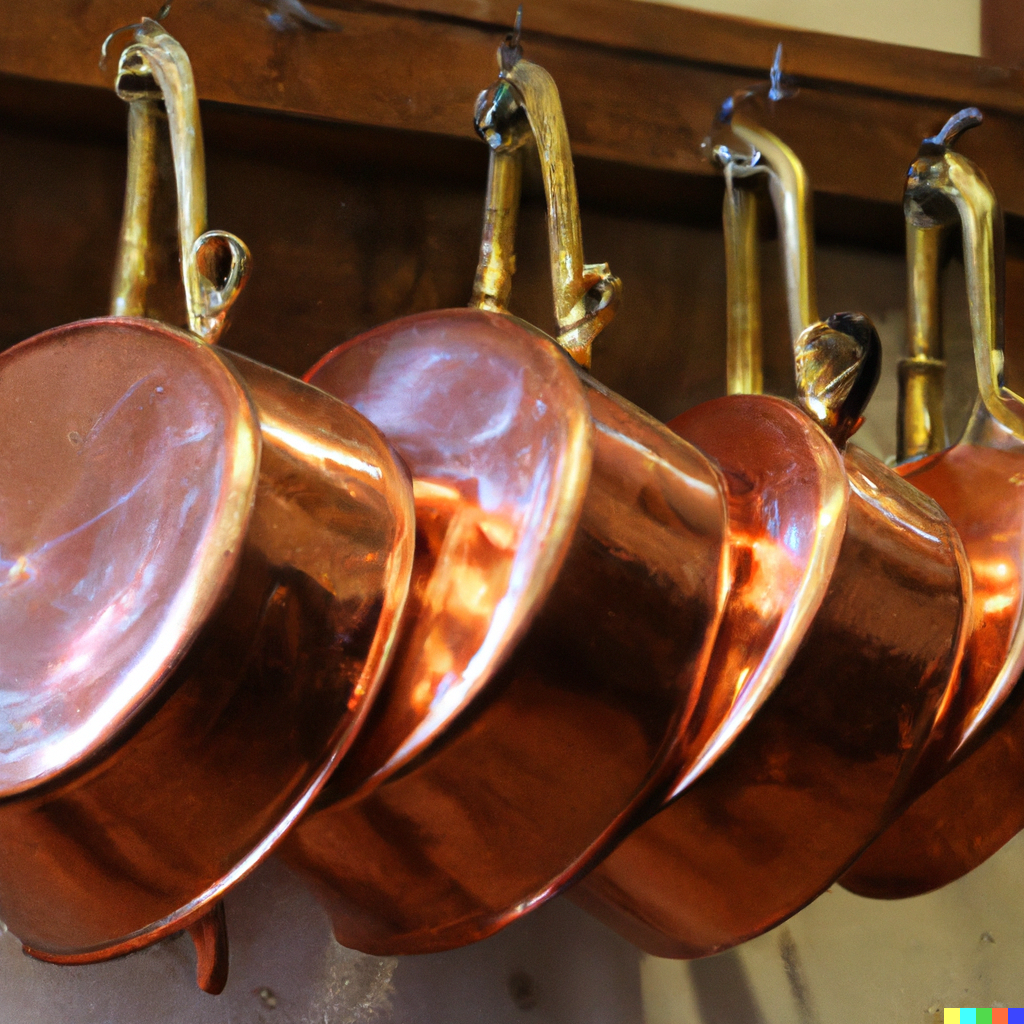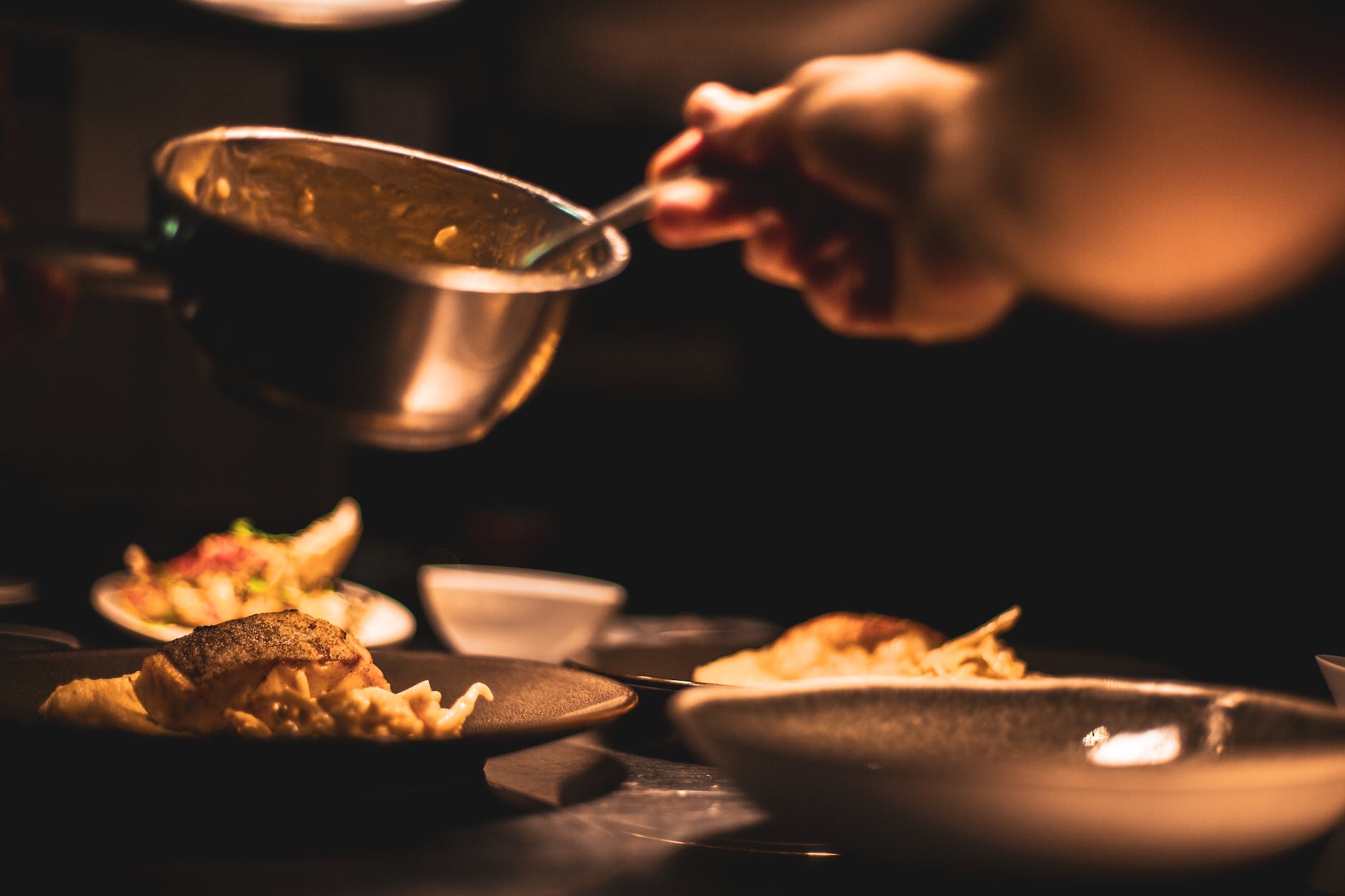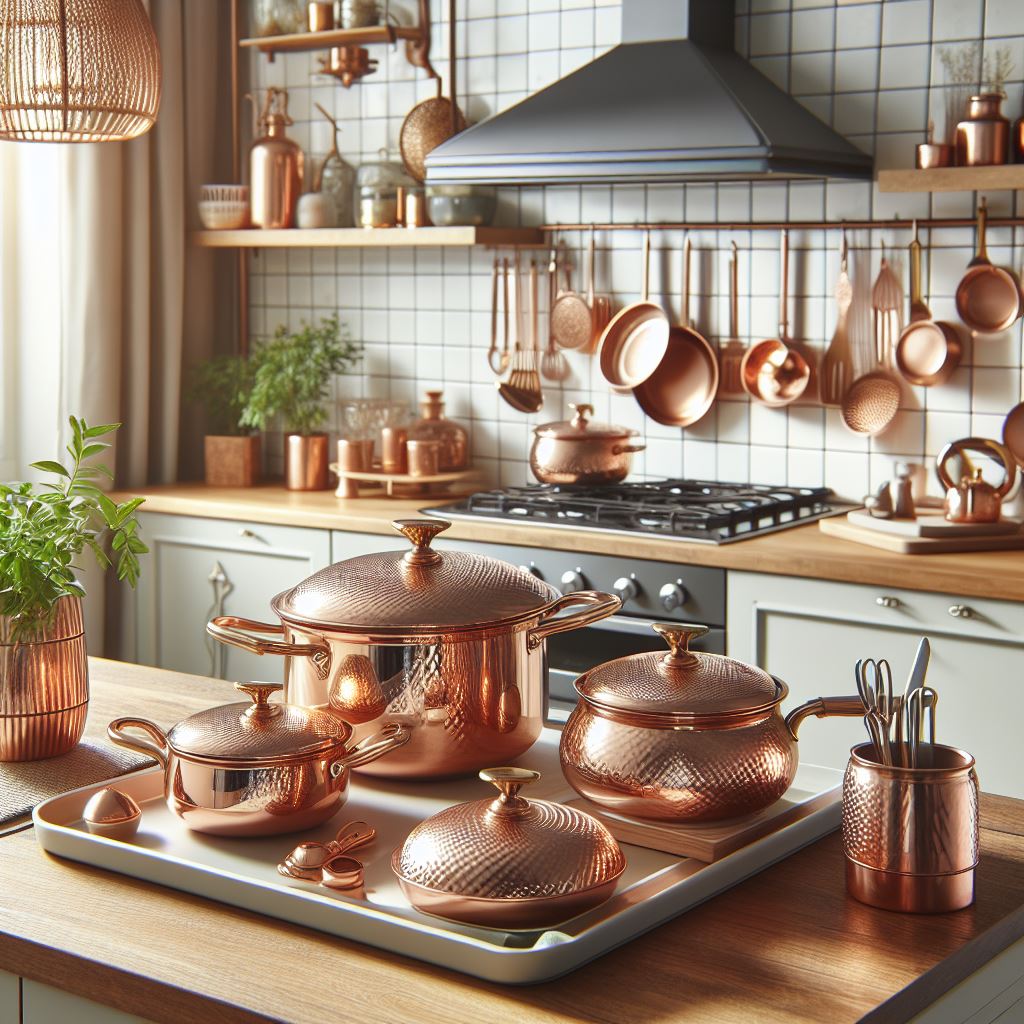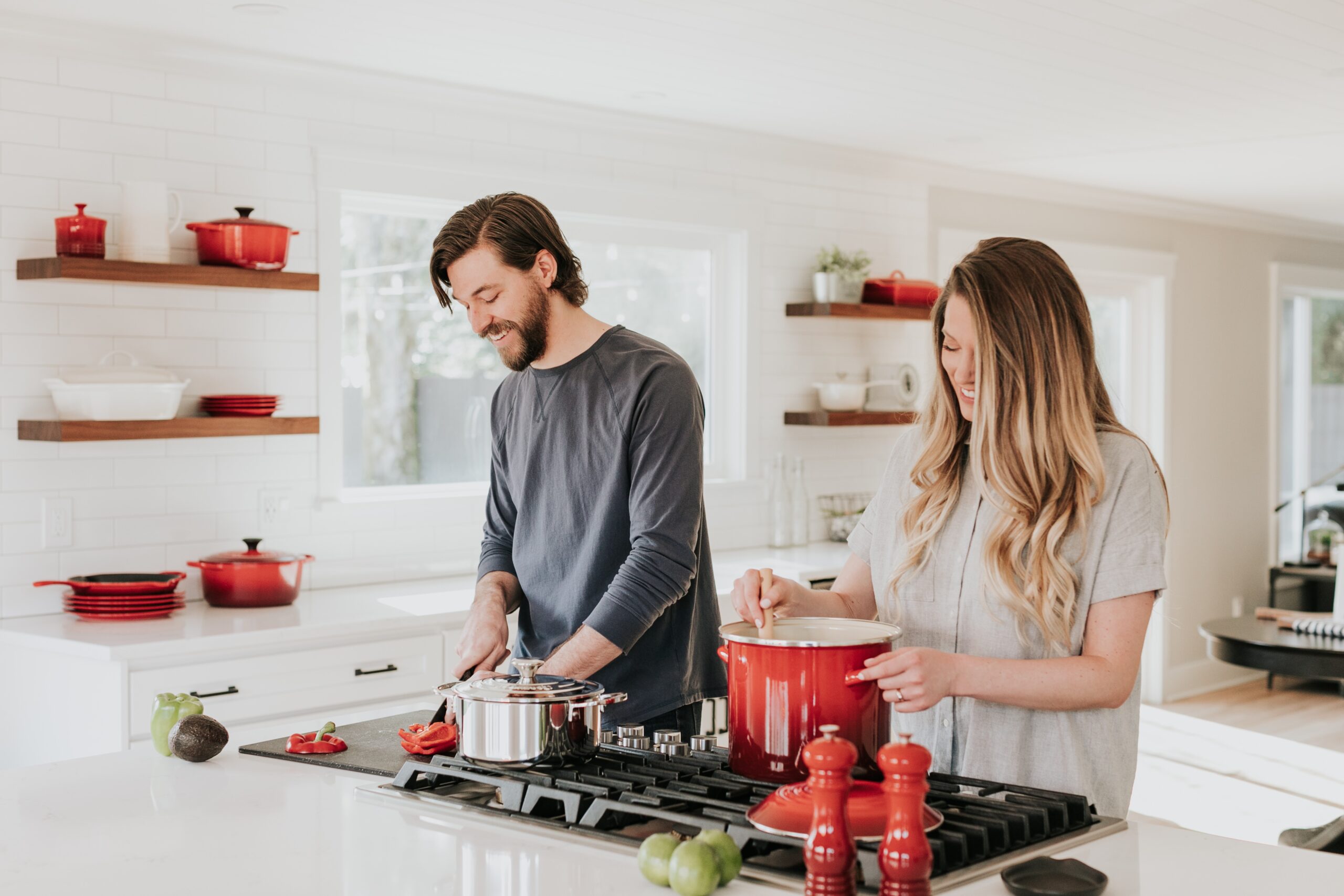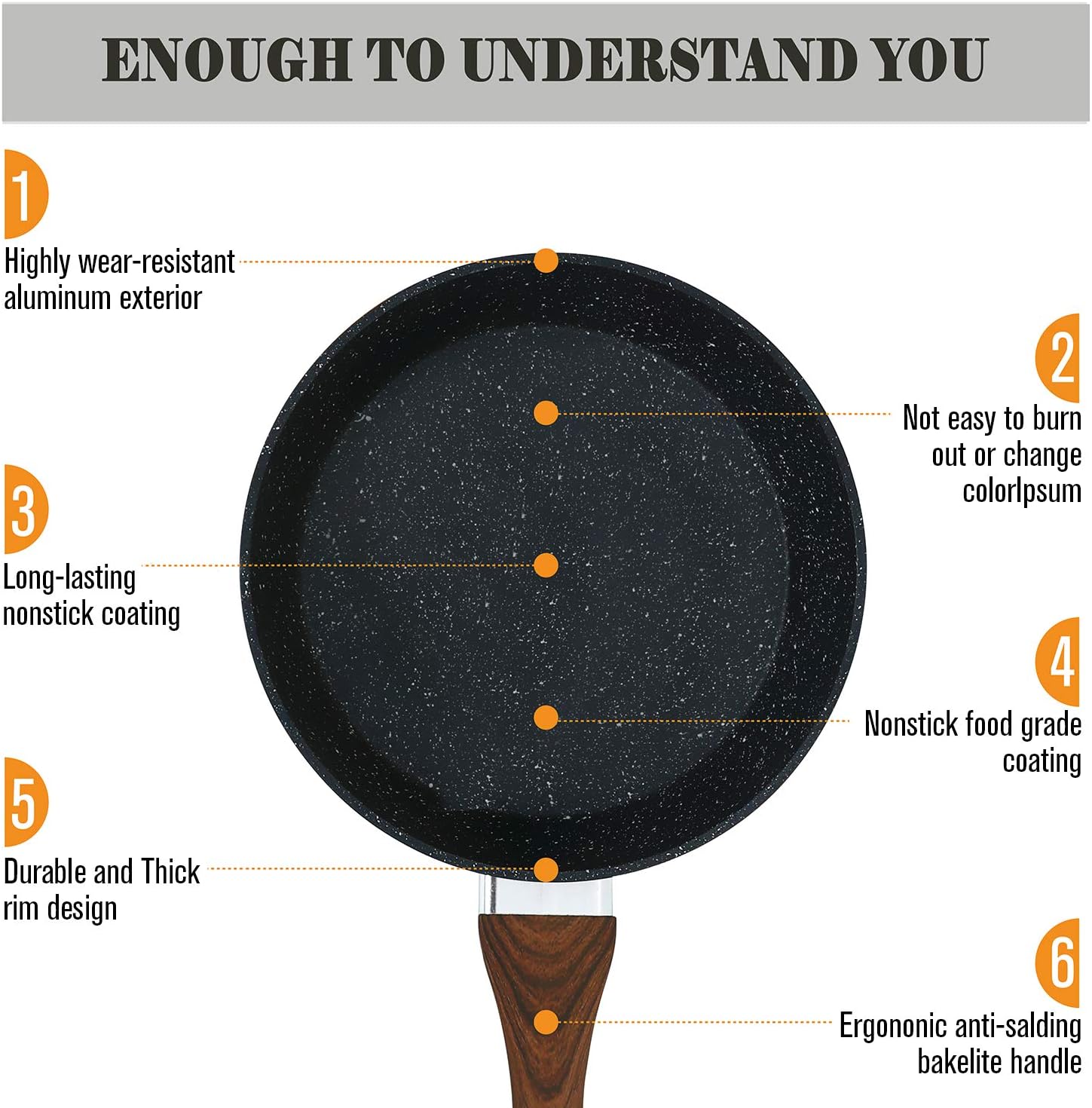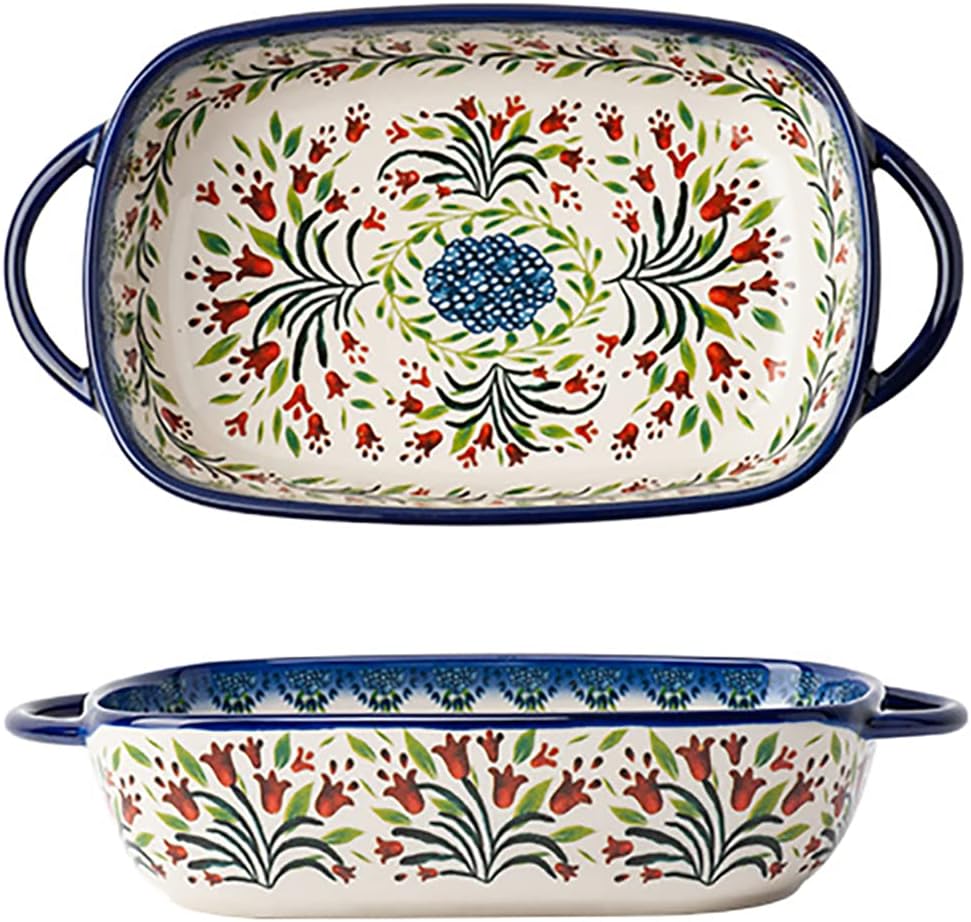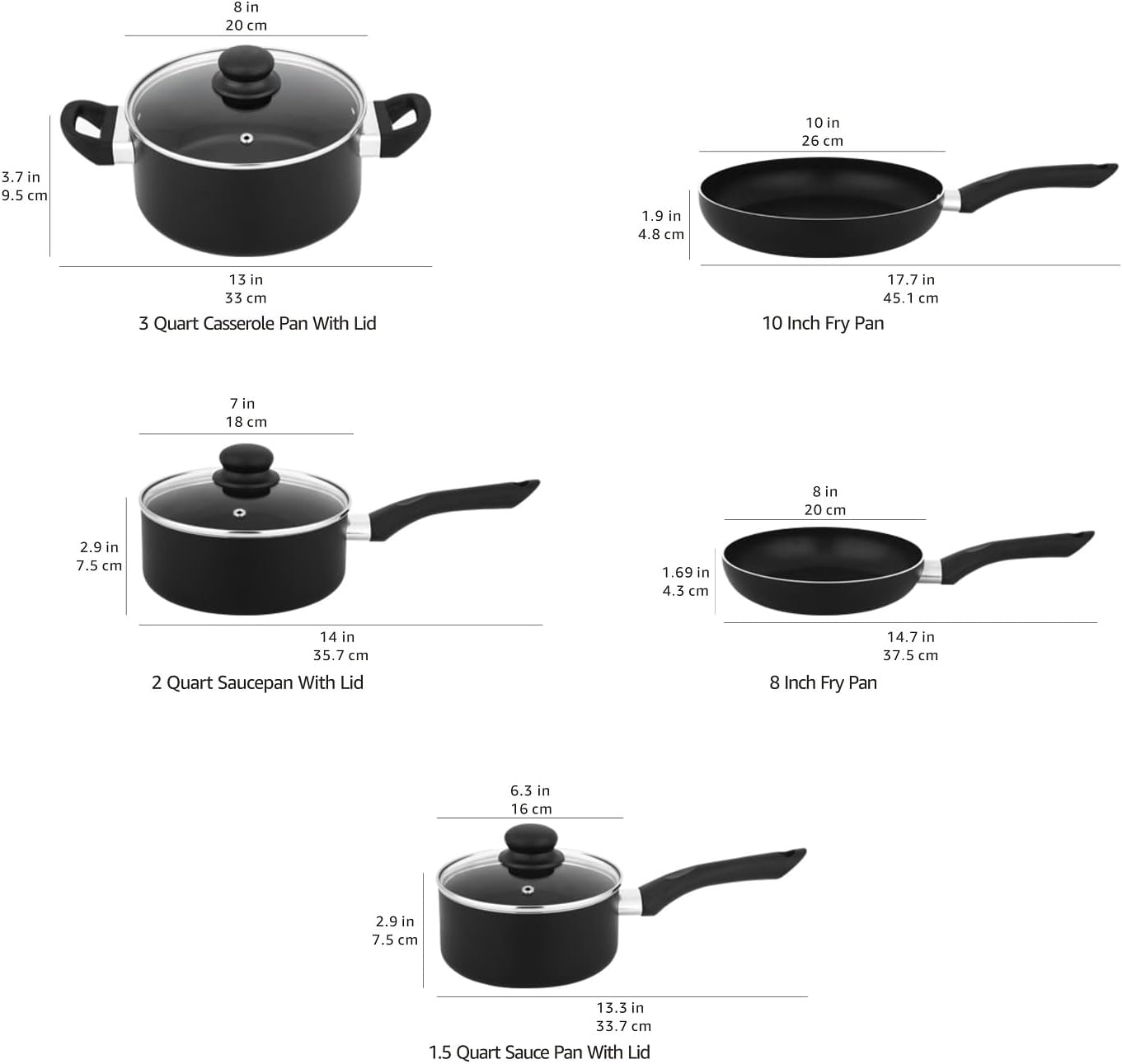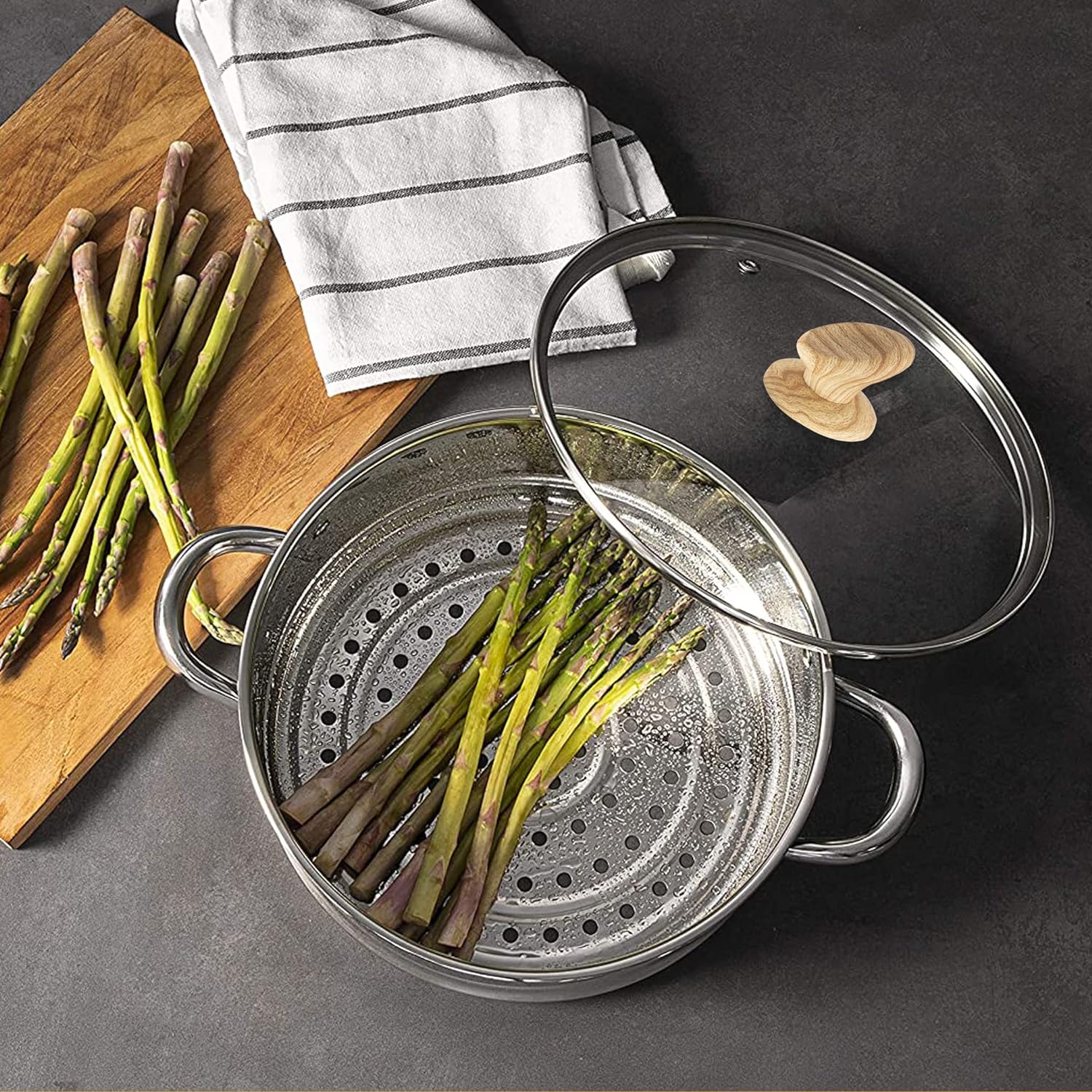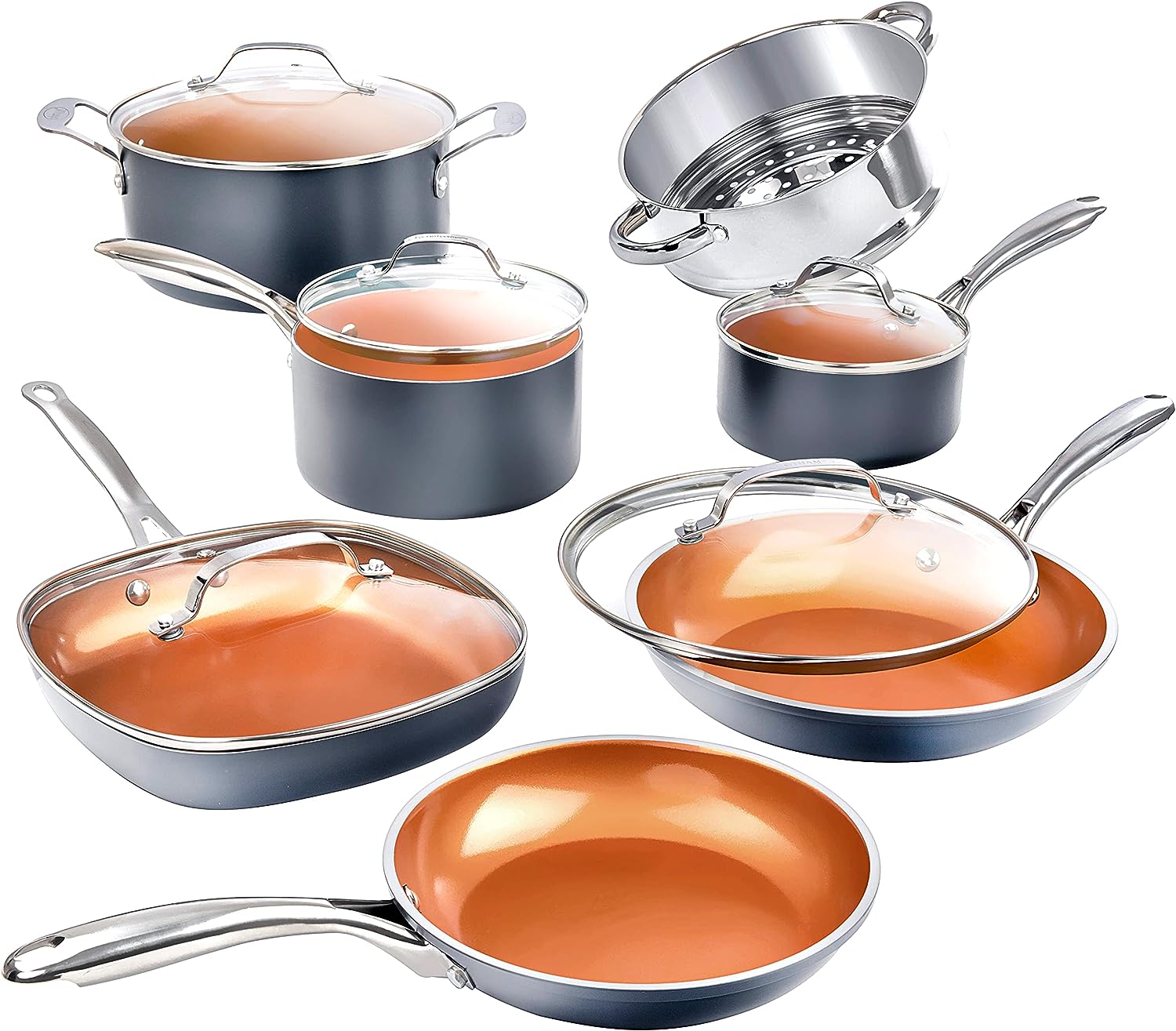Introduction
In the world of culinary delights, there’s something undeniably charming about the presence of copper cookware in modern kitchens. The elegance it exudes and the timeless appeal it holds have made copper cookware a beloved choice for both professional chefs and home cooks. In this article, we will delve into the captivating beauty and exceptional functionality of copper cookware, uncovering the secrets that make it a cherished culinary companion.
I. The Allure of Copper Cookware
Copper cookware has a unique allure that sets it apart from other materials. Its radiant glow and warm reddish tones add a touch of sophistication and elegance to any kitchen. The gleaming copper pots and pans are not only functional but also serve as eye-catching decorative pieces that can be proudly displayed.
II. Understanding Copper Cookware
To appreciate the beauty and functionality of copper cookware, it’s essential to understand the unique properties of copper as a material. Copper is an excellent conductor of heat, surpassing many other metals commonly used in cookware. This exceptional heat conductivity ensures even distribution of heat, eliminating hot spots and providing consistent cooking results.
III. The Advantages of Copper Cookware
A. Superior Heat Conduction
The remarkable heat conductivity of copper allows for precise temperature control, making it an ideal choice for delicate recipes. Copper cookware responds swiftly to changes in heat, enabling chefs to adjust the cooking temperature promptly. This responsiveness promotes efficient cooking and reduces the risk of food getting overcooked or burnt.
B. Quick and Responsive Cooking
Copper’s rapid response to heat changes means that it heats up quickly and cools down rapidly. This quality gives cooks greater control over their culinary creations, allowing for precise techniques such as sautéing and deglazing. The ability to adjust temperatures swiftly ensures that each step of the cooking process is executed with finesse.
C. Durability and Longevity
In addition to its exceptional heat conductivity, copper cookware also boasts impressive durability. Copper is a sturdy metal that resists warping and can withstand high cooking temperatures without compromising its integrity. When properly cared for, copper cookware can become a cherished heirloom, passing down the joy of cooking from one generation to the next.
IV. Maintaining Copper Cookware
To preserve the lustrous beauty of copper cookware, proper maintenance is essential.
A. Cleaning and Polishing
Keeping copper cookware clean and polished enhances its appearance. Natural cleaning agents like lemon and salt can be used to gently remove tarnish and restore the shine. Regular polishing ensures that your copper cookware continues to dazzle as the centerpiece of your kitchen.
B. Preventing Oxidation
Copper naturally develops a protective layer called patina over time, which adds character to the cookware. However, if you prefer to maintain the original shine, applying protective coatings can help prevent oxidation. Regular polishing and storing copper cookware in a dry environment also contribute to its longevity.
C. Retinning
Over years of use, the tin lining inside copper cookware may wear out. To restore its functionality, retinning is recommended. This process involves reapplying a new layer of tin to the interior surface, ensuring safe and effective cooking for years to come. Professional retinning services are available for those who wish to revitalize their beloved copper cookware.

V. Cooking with Copper
A. Best Practices
To make the most of your copper cookware, it’s important to follow a few best practices. Preheating copper cookware before adding ingredients helps achieve optimal cooking temperatures. Copper’s excellent heat conductivity means that low to medium heat settings are typically sufficient for achieving desired results.
B. Versatility and Compatibility
Copper cookware’s versatility extends across various cooking methods, including sautéing, braising, and simmering. It is compatible with a range of cooktops, including gas, electric, and induction. This adaptability allows you to explore diverse culinary techniques and experiment with different flavors.
VI. The Beauty of Patina
Over time, copper cookware develops a natural patina, a thin layer that adds character and depth to its appearance. The patina contributes to the story of your cookware, showcasing its age and use. Embracing the patina adds a sense of rustic charm and authenticity to your kitchen, making each piece a unique work of art.
VII. Addressing Common Concerns
Common concerns about copper cookware often revolve around its reactivity with certain foods and the maintenance required. Rest assured; reputable copper cookware is lined with non-reactive materials such as stainless steel or tin, ensuring safe cooking experiences. By following proper maintenance practices, including regular cleaning and retinning, any concerns about copper cookware can be mitigated.
VIII. Conclusion
Copper cookware is not only a feast for the eyes but also a reliable companion in the kitchen. Its superior heat conductivity, quick responsiveness, and durability make it a go-to choice for both professional chefs and cooking enthusiasts. By understanding how to care for and cook with copper, you can elevate your culinary creations and enjoy the timeless beauty that copper cookware brings to your kitchen.
Ready to embrace the beauty and functionality of copper cookware? Explore our website for more articles and recipes that celebrate the art of cooking with copper. We also recommend trusted copper cookware brands that offer exceptional quality and performance. Start your journey to culinary excellence with the elegance and grace of copper.
FAQ
Q: Is copper cookware safe for cooking? A: Yes, copper cookware lined with non-reactive materials, such as stainless steel or tin, is safe for cooking. These linings prevent copper from leaching into the food.
Q: How often should I polish my copper cookware? A: The frequency of polishing depends on your personal preference. Some prefer the natural patina that develops over time, while others prefer to maintain the original shine. Regular polishing can be done every few months or as needed to remove tarnish and restore the luster.
Q: Can I use copper cookware on an induction cooktop? A: Yes, some copper cookware is compatible with induction cooktops. Look for copper cookware specifically designed for induction cooking or those with a magnetic stainless steel base.
Q: How can I prevent my copper cookware from scratching? A: To prevent scratches, avoid using abrasive cleaners or harsh scrubbing brushes on the copper surface. Opt for non-abrasive cleaning agents and soft cloths or sponges for cleaning.
Q: Can I use metal utensils with copper cookware? A: It is generally recommended to use wooden, silicone, or nylon utensils with copper cookware to avoid scratching the interior lining. Metal utensils can potentially damage the lining and affect the performance of the cookware.
Q: Can I put copper cookware in the dishwasher? A: It is best to avoid putting copper cookware in the dishwasher as the harsh detergents and high temperatures can damage the surface and affect the appearance. Hand washing with gentle dish soap and warm water is recommended.


